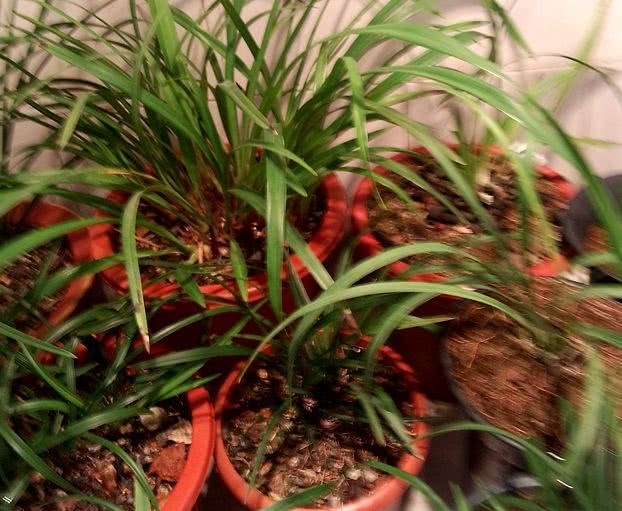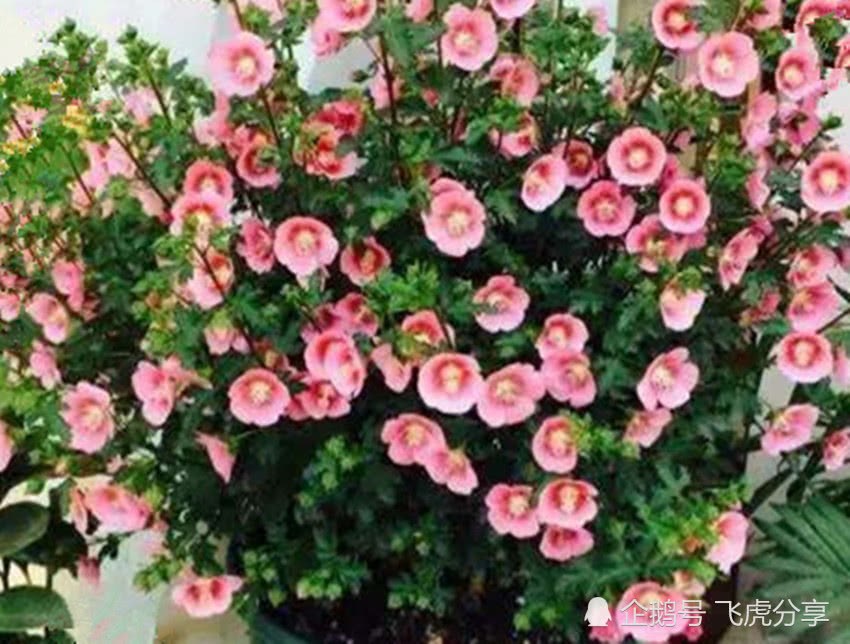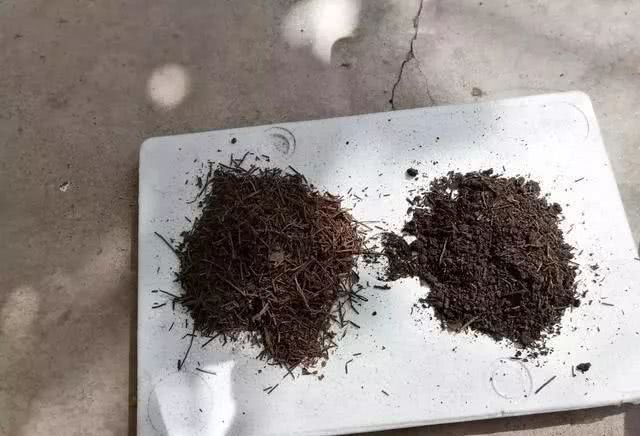The seven basic elements of orchid planting can raise orchids in three years and no longer have to ask for help.

The seven basic elements of orchid planting can raise orchids in three years, and you don't have to ask for help anymore!
Plant materials: each orchid grower has his own commonly used plant materials, generally speaking, as long as they can raise ordinary orchid seedlings well, such as peat soil, humus soil, immortal soil, brick grains, pond cornerstone, snake wood, etc., can be used for the maintenance of tissue culture seedlings, mixed plant material than a single plant material is generally not too thick, lest the orchid root can not fully contact the plant material, resulting in orchid seedling dehydration. My plant material ratio is half of burning granular soil and half of black fairy soil, plus a little peat.
two。 Temperature: 15 Mel 28 is the suitable temperature for orchid growth. Orchids grow slowly below 10 degrees or above 35 degrees, but will not affect the survival of tissue culture seedlings.
3. Lighting: varies from breed to breed. Varieties such as Chunlan Dafuigui and Jianlan prefer sufficient light, which can be consistent with ordinary orchids, while Longchangsu and other varieties need relatively less light, which can be placed in a shady place in the orchid shed at the beginning of maintenance. slow seedling (usually 15 days) and then keep consistent with ordinary orchids.
4. Humidity: 30-80% humidity is more suitable, the humidity is not enough can be improved by ground watering or floor bricklaying or humidifier, too high humidity should pay attention to prevent diseases.
5. Moisture: the timing of watering is very important, let the basin soil in the wet but not wet, dry but not dry for as long as possible, do not water too often.
6. Fertilizer: general orchid organic fertilizer and inorganic fertilizer, can be used for tissue culture seedlings, in line with the principle of frequent application of thin fertilizer, can be diluted 1-2 times on the basis of common concentration.
7. Pest control: refer to ordinary orchids.
- Prev

If you don't know how to raise flowers, you can raise them. They're super beautiful and easy to raise. The flowers bloom all the year round. It's easy to explode.
The purpose of raising flowers at home is to decorate the environment. If the flowers and plants raised at home grow dry and half-dead, they will not only not beautify the effect, but also make people lose confidence in farming. It's a good idea."
- Next

If you use this kind of soil to raise a gentleman's orchid, you'll have to blossom and burst the pot in winter.
Pine needle and pine needle soil raise gentleman orchid, these points do well, gentleman orchid grows fast, blossom will be more how to raise gentleman orchid, is to use pure pine needle or pine needle soil? Gentleman orchid whether it is pure pine needle or pine needle soil, as long as it has pine needle hair.
Related
- Wuhan Hospital Iron Tree Blooming Result Was Instantly Frightened by the Gardener Master
- Which variety of camellia is the most fragrant and best? Which one do you like best?
- What is the small blue coat, the breeding methods and matters needing attention of the succulent plant
- Dormancy time and maintenance management of succulent plants during dormancy
- Minas succulent how to raise, Minas succulent plant pictures
- What are the varieties of winter succulent plants
- How to raise succulent plants in twelve rolls? let's take a look at some experience of breeding twelve rolls.
- Attention should be paid to water control for succulent plants during dormant period (winter and summer)
- Watering experience of twelve rolls of succulent plants
- Techniques for fertilizing succulent plants. An article will let you know how to fertilize succulent plants.

